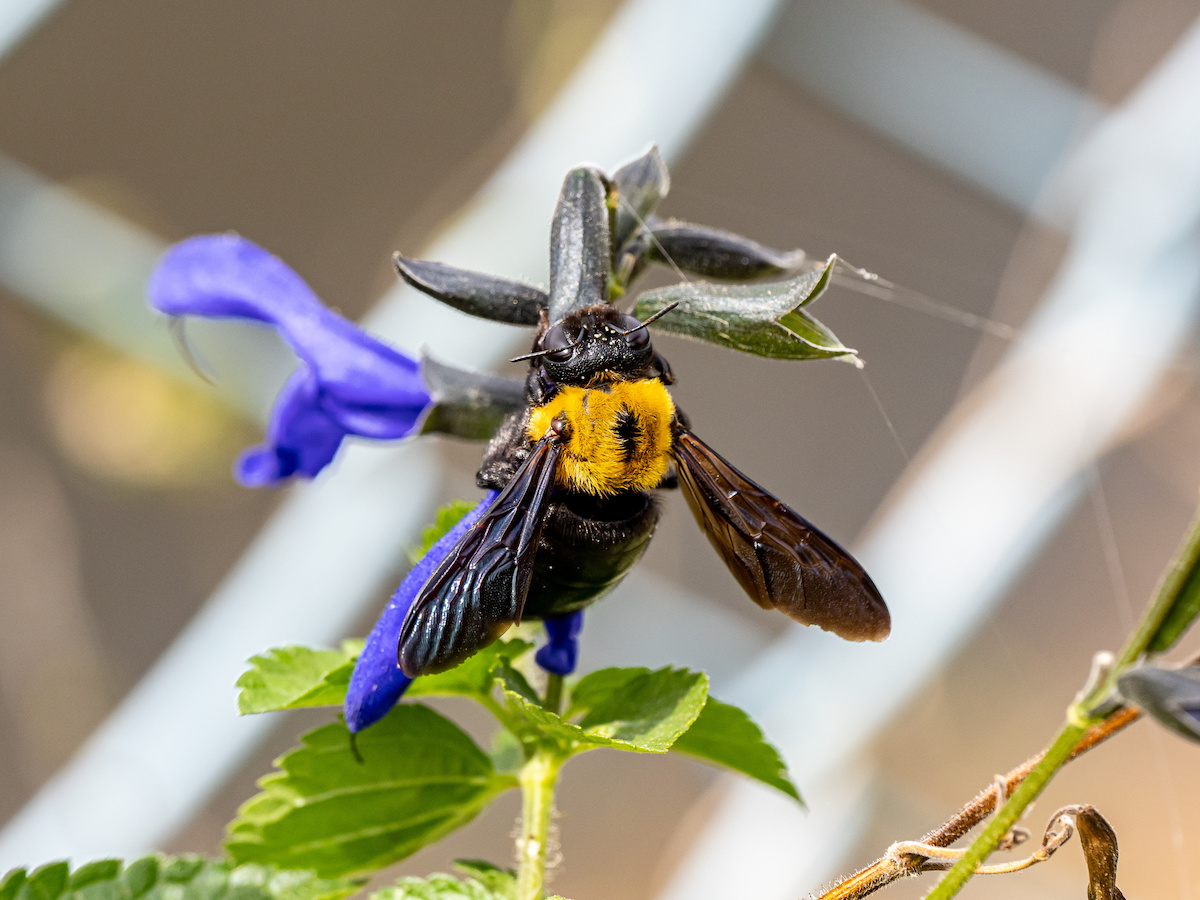Usually, the name carpenter bees are aptly named as they are one of the most noticeable and evident incidents that one can observe around their property when spring heats up and nature awakens. Very similar to bumblebees, Carpenter bees are enormous in size in comparison. What can be more annoying is the buzz. It can be heard from a very long distance. But the question remains, are these Carpenter bees harmful? To put it simply, the answer is yes. However, Eastern Carpenter bees are harmful for reasons unrelated to their sting. In this blog, we will understand how carpenter bees can be dangerous. Are there carpenter bees on your property? Get Phoenix rodent control to do the job.
Recognizing Carpenter Bees:
Generally, it’s the size of the Carpenter bees that sets them apart from the majority of the bee and wasp species. The present in the United States, such as honey bees, wasps, hornets, etcetera. Some people may find it confusing to distinguish a bumble bee from a Carpenter bee, but a Carpenter bee can be set apart if one looks at the black abdomen and yellow thorax. Bumblebees usually have tufts of yellow hair all over. Moreover, one can easily recognize a Carpenter bee if one pays attention to its behavior. Because these Carpenter bees usually hover on untreated food and land. In contrast to bumblebees, who are beneficial pollinators and usually hover over flowers. But do not be mistaken, even Carpenter bees consume flower nectar, but usually, they are more seen near wood, deck boards, and wooden structures.

Facts About Carpenter Bees:
A fun fact about Carpenter bees is that they are solitary insects and mostly live in groupings. These groups are usually made up of multiple generations of females, and they do not live in or construct hives as other bee species do. It has been seen that female Carpenter bees usually start building nests as soon as they emerge from winter hibernation to mate in the spring season. Moreover, these females usually hover towards timber buildings and homes that are usually semi-protected. In addition, they also drill holes beneath roofs and eaves to keep wind and rain out of their nests. These bees do not colonize and usually do not remain inside holes long after the larvae are mature.
Final Thoughts:
Tired of the increasing number of carpenter bees on your property? Get help from professional pest control companies.

